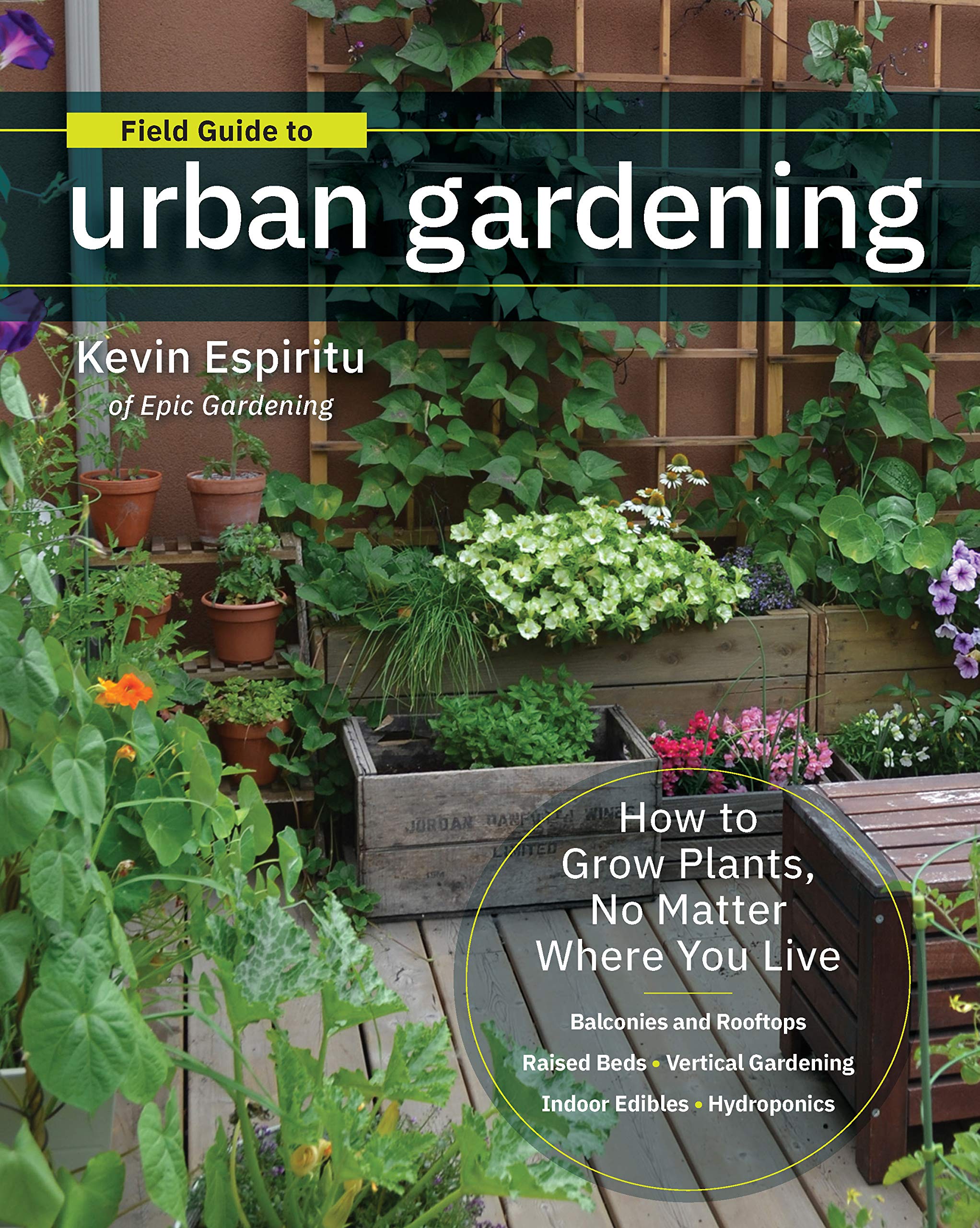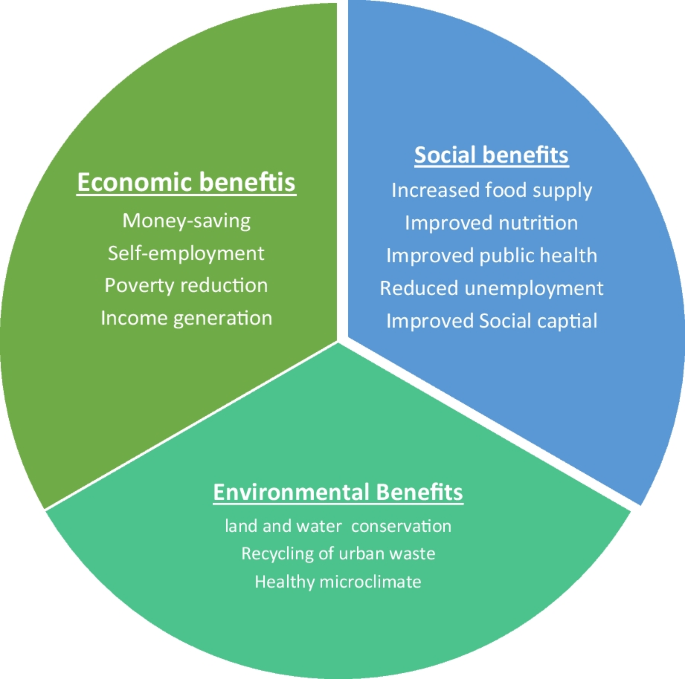City Blooming Fundamentals Explained
City Blooming Fundamentals Explained
Blog Article
Some Of City Blooming
Table of ContentsThe Single Strategy To Use For City BloomingCity Blooming Things To Know Before You Get ThisWhat Does City Blooming Mean?The Single Strategy To Use For City BloomingThe City Blooming Ideas
Urban yards typically benefit from warmer microclimates, permitting the growing of less durable plants such as palms and bamboo. https://www.nulled.to/user/6237247-cityblooming normally found in warmer regions. And as we have actually said, don't simply go with small plants; little city gardens can manage huge plants and trees and choosing these over little picky hedges will make the area really feel larger and more interestingMake use of large containers they don't dry as swiftly as smaller sized pots, so they are less work to keep water. Select hardscaping components for an urban garden The organized lines, asymmetrical plan, and use different materials in this London-based Victorian balcony's yard layout develop a seamless connection with the architecture, making it appear as a natural extension of the general visual.
Plant up and down Cover the wall surfaces in plant, whether that be beautiful climbers that billow messily over your fence or something much more included and contemporary like a living wall. Make the many of a light well yard Whitewashed wall surfaces and light floor tiles turn it from a dark and dull area into an area you 'd intend to hang out on a Sunday morning with a cup of coffee.
The Ultimate Guide To City Blooming
IoT-based ingenious horticulture systems allow remote monitoring and automation of horticulture processes. Urban farming applications and online sources offer valuable info, ideas, and neighborhood assistance for urban garden enthusiasts.
They have an objective to finish cravings in our generation by planting yards on extra land in cities. They provide a variety of resources to aid people obtain involved in metropolitan farming, consisting of educational materials, gardening suggestions, and an area forum.

City Blooming for Beginners
Urban Development is a community-led business that deals with both neighborhoods and developers to develop a healthier city. They are committed to sustainability, empowerment, and pleasure, and they think that everyone has the power to make a distinction. Urban gardening is a powerful motion that brings nature back into the concrete jungle.
Katy began at Gardening Express with limited expertise of gardening, however under the mentorship of Chris Bonnett and the other horticulture specialists in the business, she currently has over two years of experience in the gardening industry. Katy has actually composed over 300 write-ups on subjects such as plant treatment, garden designs, yard layout, and upkeep.
Katy's objective is to help newbies and experienced gardeners alike develop and enjoy their very own inviting outside spaces effortlessly.
Area yards are semi-public rooms shared by an area of next-door neighbors and other individuals where they jointly take part in expanding fruits, vegetables, or blossoms, sharing labor and harvest. It's fantastic to get entailed in these lasting projects as they're equally helpful for you, the neighborhood, and the setting. Area yards are located in communities, yet can likewise be produced in colleges, domestic lands, or establishments, such as hospitals.
The Of City Blooming
Some of the ecological advantages of area gardens consist of: Restoration of uninhabited land and communities by repurposing themProduction and upgrading of water infiltration and other environment servicesPromotion of biodiversity by growing native plantsEducating the area regarding gardening, urban agriculture, and their benefitsReduction of food transport minimizing air pollutionPromotion of sustainable agriculture practicesFostering social inclusionThe over environmental benefits reveal the total significance of community yards and their contribution to providing environment for microorganisms and food to the citizens, removing food instability.
Neighborhood gardens add to attaining these goals as they come to all no matter of class, age, sex, education, profession, and so on, and play a significant function in increasing awareness and expertise concerning horticulture and city agriculture amongst the citizens. Neighborhood gardens highlight a requirement for city dwellers to go back to nature.

Plus, it eliminates food instability in communities which is a worthy goal. Working in a shared garden permits a return to real worths.
What Does City Blooming Do?
A few of the environmental advantages of area gardens consist of: Restoration of uninhabited land and ecological communities by repurposing themProduction and upgrading of water infiltration and various other community servicesPromotion of biodiversity by planting indigenous plantsEducating the community concerning horticulture, urban farming, and their benefitsReduction of food transport decreasing air pollutionPromotion of lasting agriculture practicesFostering social inclusionThe over environmental advantages show the general significance of area gardens and their payment to supplying habitat for organisms and food to the locals, getting rid of food insecurity.
Neighborhood yards add to achieving these objectives as they come to all despite class, age, sex, education, profession, and so on, and play a substantial role in increasing recognition and knowledge regarding horticulture and urban agriculture among the people. Community gardens highlight a demand for city dwellers to go back to nature.
A means to get closer to nature by complying with conservationist valuesSpaces of social diversity where conviviality and exchanges aboundPlaces that promote the assimilation of disadvantaged groups or people with handicaps into the social fabricA method to enhance your living setting (for people living in homes and having little eco-friendly room at their disposal)A place of community enjoyment, to hold social events and outdoor partiesThe chance to expand veggies, fruits, and natural herbs at reduced costAn chance to move and exercise in the fresh air by dedicating a couple of hours a week to horticulture and keeping your yard plotThe possibility to share and exchange with other individuals products from the harvestOpportunities to raise awareness and inform people regarding environmental respect with methods such as composting, organic gardening, rainwater harvesting, etc.
Having grown vegetables and fruits will strongly encourage you to eat more of them, which is not visit here negligible for your lifestyle and health. Plus, it eliminates food instability in areas which is an honorable objective. Functioning in a shared yard enables a return to true values. The evolution of the consumer culture, the absence of time, and lots of various other variables lead us increasingly more in the direction of buying products in stores.
Report this page